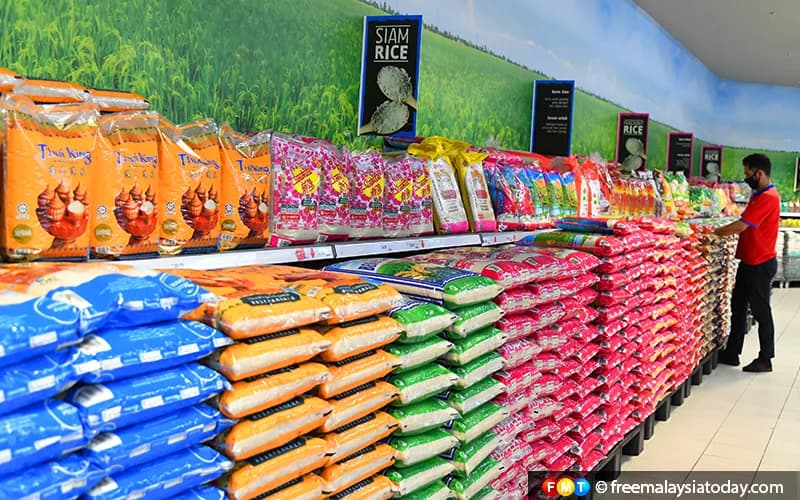While the government will allow retailers to use the existing packaging for white rice, it must be affixed with the Malaysia Madani white rice price sticker.
PUCHONG: The government will introduce the Malaysia Madani white rice priced at RM30 for a 10kg sack.
It is expected to be available in the market from March 1.
The chairman of the national cost of living action council’s food prices committee, Syed Abu Hussin Hafiz Syed Abdul Fasal, said the Malaysia Madani white rice will be the sole category of white rice in the country as Putrajaya has agreed to abolish the local white rice and imported white rice categories.
He said Prime Minister Anwar Ibrahim approved the introduction of the Malaysia Madani white rice. The Bukit Gantang MP said rice industry players can sell white rice in the old packaging until all their stocks are sold out.
However, these packets must be affixed with the Malaysia Madani white rice price sticker. Syed Hussin said industry players must change the labelling and packaging of rice sacks according to the new regulations by March 1.
“What we are doing here is to offer a more comfortable price point for the public." “This adjustment is made by the industry to provide an appropriate price and make rice available in the market for all.
“Rice prices have not increased for 18 years. Padi farmers and growers will be more comfortable with this (new) ceiling price and the industry can also better sustain itself.
“The price of a 5kg sack of Malaysia Madani white rice is set at RM15.50 while a 1kg bag of rice is priced at RM3.50,” he told reporters here today.
The retail price for local white rice is RM2.60 per kg as stipulated under the Control of Padi and Rice Act 1994 (Act 522).
Syed Hussin said some rice manufacturers mixed local white rice with imported white rice and sold them as expensive rice brands to gain extra profit.
He said the ceiling price for the Malaysia Madani white rice could stop such manipulative practices.
“This practice stems from the absence of price controls for imported white rice supplies.
“This, coupled with the rise in the global rice prices, has caused prices to remain high.
“It has resulted in local white rice labels being changed to imported white rice, making it difficult to find (local rice) in the market,” he added.
Source Link: freemalaysia
